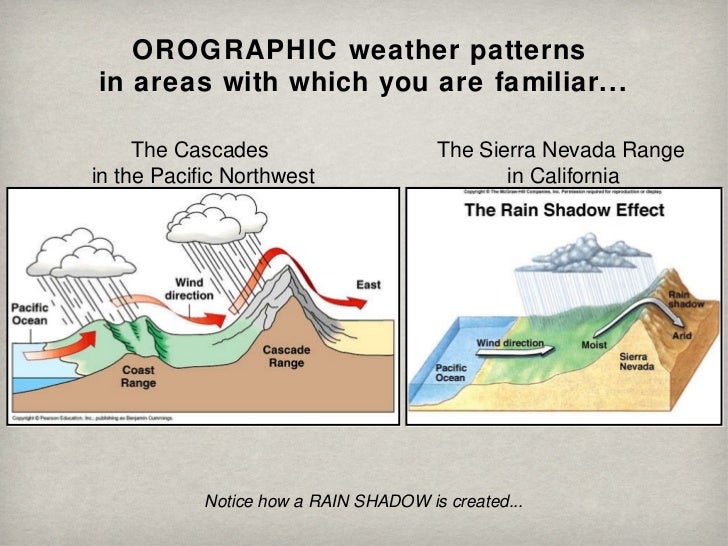

Step 5: Once the Stability Form is completed, you will plot an atmospheric sounding similar to the one you did in Lab 03. Completed atmospheric stability analysis form Step 4: Determine the stability of all layers of the atmosphere using the values of ELR. Partially completed atmospheric stability analysis form Step 3: Determine the ELR of all layers of the atmosphere by usingįigure 7.4. For example, layer 1 is between 0 and 200 m. Step 2: For each layer of the atmosphere, determine the change in elevation (∆ Elev.) and change in temperature (∆ T). Step 1: Transfer the data onto the Stability Analysis Form: Figure 7.2. Table 7.3 Data from an imaginary atmospheric sounding. If DALR > MALR > ELR, there is absolute instability (unstable).įor example, here are the data transmitted by a weather balloon:.If DALR > ELR > MALR, there is conditional instability.If ELR > DALR > MALR, there is absolute stability (stable).To determine atmospheric stability, meteorologists would compare the adiabatic lapse rate of an air parcel (either DALR and/or MALR) with the environmental lapse rate (ELR): The data are transmitted back to the ground where meteorologists can determine the stability. Twice a day, meteorologists release a weather balloon where temperatures are recorded at different elevations.

The temperature data of the lower atmosphere is typically measured by a weather balloon. In Lab 03, you were introduced to the ideas of a sounding and the environmental lapse rate. saturated air), air heats or cools at the moist/saturated adiabatic lapse rate (6☌/1000m on average but varies between 5-9☌/1000m). Air will heat or cool at the dry adiabatic lapse rate (10☌/1000m) when the relative humidity is less than 100%. An adiabatic process is one such that air is heated or cooled due to the expansion or contraction without addition or subtraction of heat. The atmosphere could be stable (air parcel remains stationary), unstable (air parcel either rises or sinks), or conditionally unstable.Ī key to understand atmospheric stability is the adiabatic process. Atmospheric StabilityĪs mentioned in the Lab Overview, atmospheric stability helps determine whether clouds (and precipitation) form or not. Moreover, if e = 1436 Pa, then the dew-point temperature (T d) would be between 12☌ and 13☌. Since we know that, therefore the actual vapour pressure (e) would be 2338 Pa 0.614 = 1436 Pa. If T = 20☌, then Table 7.2 shows us that the saturation vapour pressure (e s) is 2338 Pa. We can also use Table 7.2 to help us determine other variables. Using the psychrometric table (Table 7.1, Supporting Material), RH = 61.4%. We can then use the psychrometric table (Table 7.1) to determine the relative humidity (RH) of the air. The difference between the dry-bulb and wet-bulb temperature is the wet-bulb depression (T-T w). From the sling psychrometre, we can obtain two readings: the dry-bulb temperature (T) and wet-bulb temperature (T w). Moisture VariablesĪ common method to determine the humidity in the atmosphere is to use an instrument called a sling psychrometre (Figure 7.1). In order to complete this lab, some background information in moisture variables, concept of stability (stable, unstable, neutral, conditionally unstable) using an air parcel, adiabatic processes, and orographic lifting process is required. Compute a problem associated with the orographic lifting process.Determine the stability of the atmosphere.Learn the relationship between different moisture variables.Understand some of the most common variables used in atmospheric moisture.After completion of this lab, you will be able to:


 0 kommentar(er)
0 kommentar(er)
